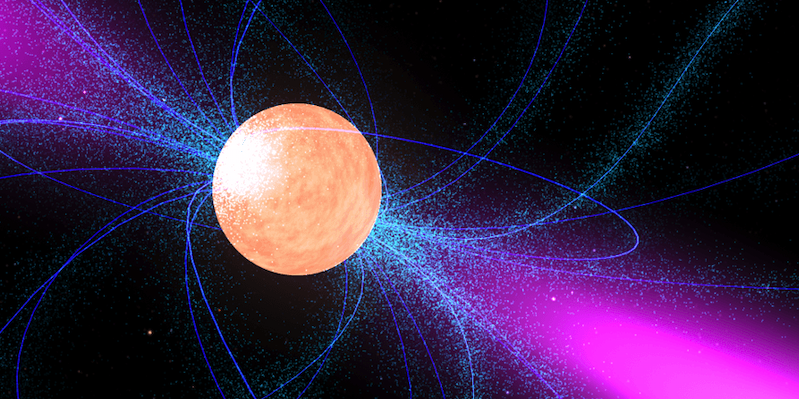
Strange Matter: Investigating strange quarks Dr Mikhail Bashkanov, Department of Physics
Event details
Physics Winter Webinar series
We're all familiar with the idea that atoms make up visible matter. These atoms are made of nuclei surrounded by electrons, and nuclei are, in turn, made of protons and neutrons. Protons and neutrons are made of quarks, fundamental non-divisible (to our current knowledge) constituents of matter. As protons and neutrons are made of only two kinds of quarks - 'up' and 'down' - we can say that nearly the whole mass of the visible universe is made of only two types of quark.
However, our Universe did not always look like this. A long time ago, a fraction of a second after the Big Bang, our Universe was 'strange': A third of quarks in the universe were strange quarks. We can produce particles made of strange quarks in laboratories, but in 'normal' conditions such particles are short-lived: less than a billionth of a second. We believe that such strange particles and strange matter can exist in stable form deep inside the cores of neutron stars, but how can we study this here on Earth?
To try to answer some of the most fundamental questions about particle physics, the early Universe, cosmology, and neutron stars, a new facility was proposed to produce strange particles and allow us perform experiments with them. During this webinar, Dr Mikhail Bashkanov will explore how these experiments can be performed and what we can learn from them about the strange universe in which we live.
About the speaker
Dr Mikhail Bashkanov is a Lecturer and Senior Researcher in the Department of Physics at the University of York, specialising in nuclear (Hadron) physics.
Image credit: NASA